- About Aphasia
- Living with Aphasia
- Resources & Support
- Research
- Get Involved
About Aphasia
Living with Aphasia
Resources & Support
Research
Get Involved
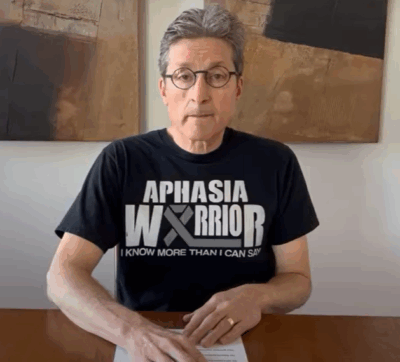


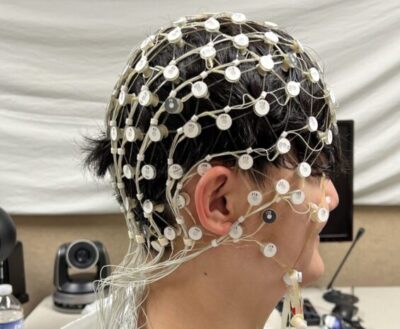
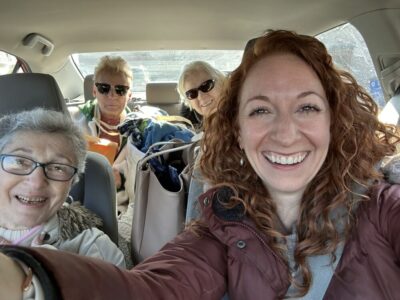
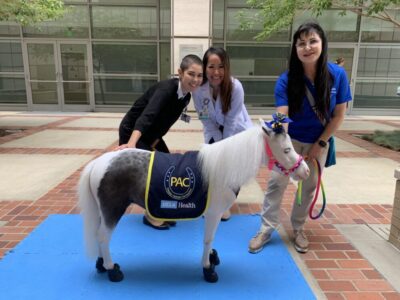
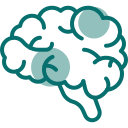


Social Engagement & Peer Support
Living with aphasia can feel isolating, but connection changes everything. Social engagement programs create spaces where people with aphasia can build friendships, share experiences, and feel understood. Whether through conversation groups, virtual meetups, or peer-led gatherings, these opportunities foster belonging and remind individuals that they are not alone on their journey.